Reed diffuser is a beautiful way to fragrance your home and fill the air with natural aromatic goodness. But the nature of reed diffuser is not as straightforward as one thinks. The rattan sticks soak up the essential oil blend and disperse fragrance into the air. It generally lasts until all the fragrance components have evaporated.
Being at the forefront of building awareness of natural fragrances, we would like to help all our existing customers and new customers who will soon receive an En.Vie Christmas gift to enhance their experiences with the home reed diffusers we offer.
Using a reed diffuser is all about expectations and management. Firstly, think of a natural diffuser as a bouquet of flowers. The fragrance lingers in the air, you will smell the fragrance on-and-off or as you walk by, but the scent may not always be there or fill the entire space.
HOW TO START YOUR DIFFUSER
1. Place your diffuser at a spot where there is good air circulation, but away from the air conditioner, corners and window. An ideal location is just near the door so you pick up the scent as you enter the room. Another great spot is just inside the room near the door so you pick up the scent as you enter the room.
2. Place the rattan sticks that came with your diffuser set into the glass bottle to start dispersing of fragrance. In a small space such as the bedroom, we find that 6 (out of 10 in a bunch) rattan ticks work well. If you are using the diffuser in a bigger space such as open concept living room, you may use all 10 sticks at a time.
2. Immediately "flip" the sticks so that the saturated ends are now in the air.
3. Let the reed diffuser start working. Repeat step 2. at least twice in the first day that you have begun to use it.
4. For best result and to refresh the fragrance, flip the reed sticks once every 2-3 days and give the bottle a little swirl to intensify the fragrance too.
ADDITIONAL TIPS
(i) Do remember to wipe any oil drip off the surface because essential oil can leave marks and stains.
(ii) Reed sticks generally get dusty and clogged over time, so fragrance will stop dispersing. If you can't detect any fragrance after 6-8 weeks, it may be time to replace the reed sticks. Not all reed sticks and diffusing liquid are the same. Every brand selects the sticks that will optimise the result of their diffusing oil, so it is best to use the reed sticks from the same brand instead of mixing them up.
(iii) Our reed diffusers are made to last for 2-3 months though there have been individual cases where fragrance continues to emit for another 4-6 weeks! It is normal to find a layer of liquid at the bottom of the glass bottle but there is no longer any scent. Simply toss out the remaining liquid, clean your bottle thoroughly and get a refill should you prefer.
So there you go... and sure, natural reed diffuser may require extra maintenance but unless you are seeking heavily perfumed air, natural fragrance blends in with the environment without triggering allergies or being overly intrusive. We do not create fancy fragrances. We create therapeutic scents with pure essential oils to make you feel good.

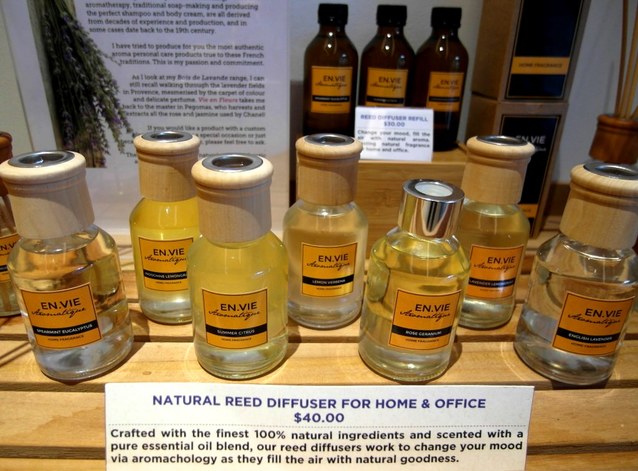
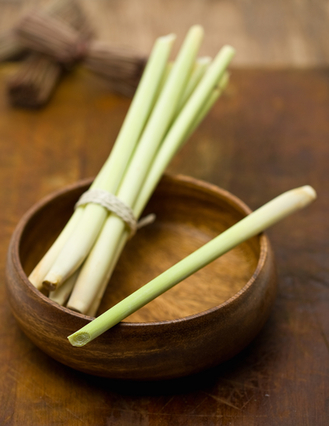
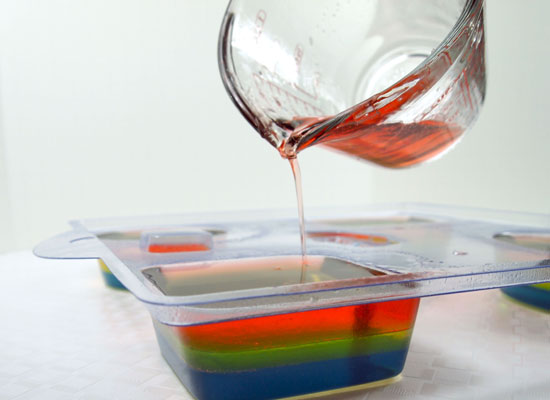
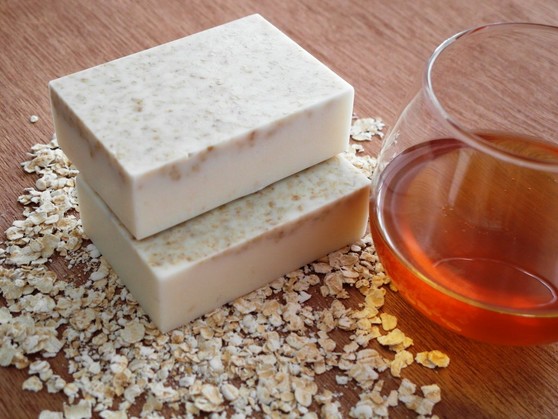
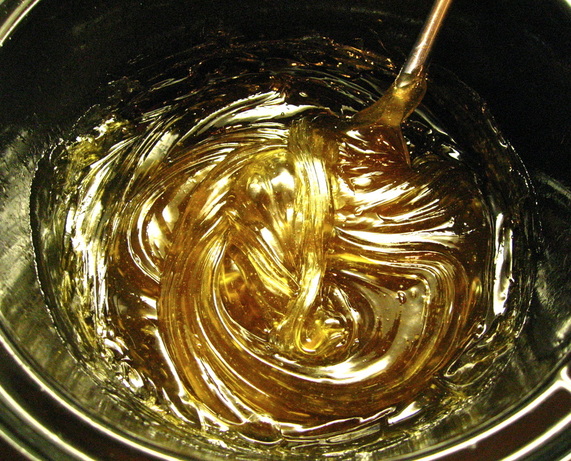
 RSS Feed
RSS Feed
